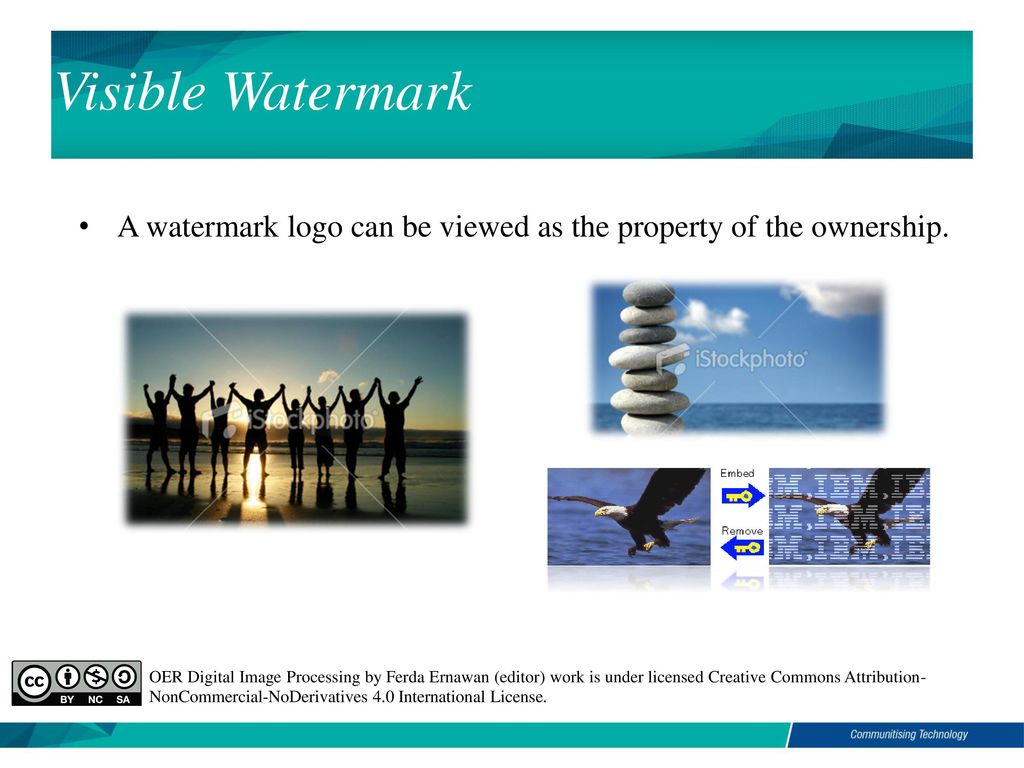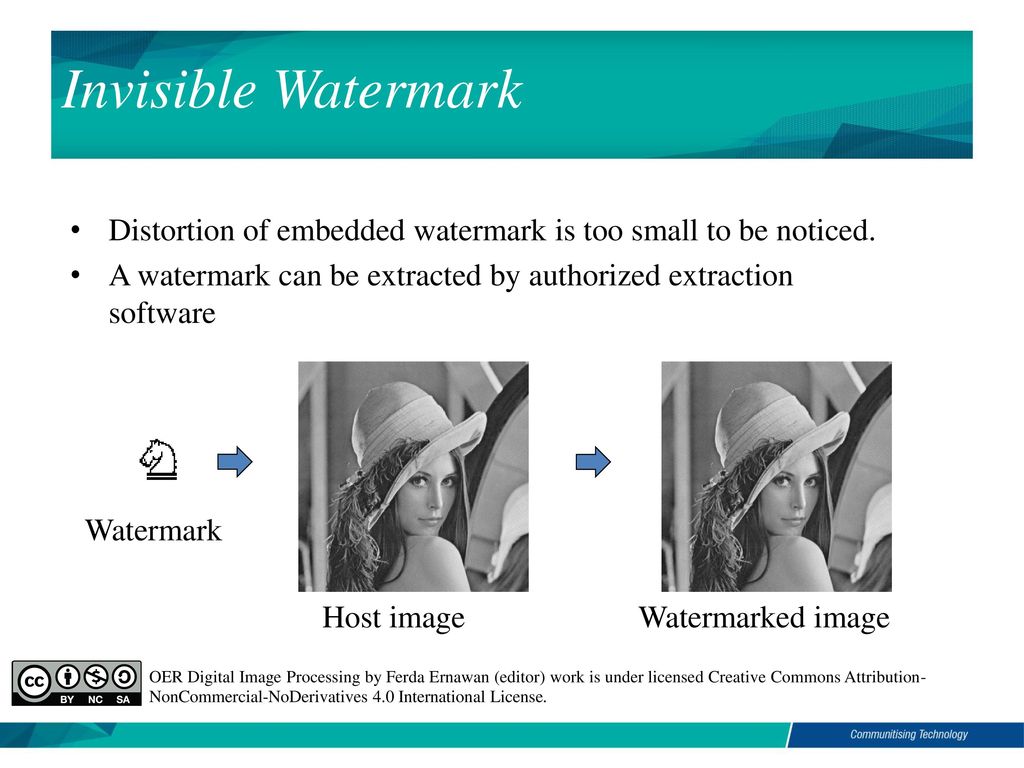The Power of Invisible Watermarks to Safeguard Your Digital Assets

Invisible watermarks serve a dual purpose: identifying copyright holders and deterring piracy. Additionally, they offer a means of confirming the authenticity of documents or images. By incorporating an invisible watermark, you fortify the security of your copyrighted materials, fortifying their protection.

In this article, we’ll delve into the concept of invisible watermarks, their utility in safeguarding your digital assets, guidance on crafting them, and recommendations for software to detect them.
What Is an Watermark?


An invisible watermark represents a digital imprint discreetly embedded within a file, intentionally invisible to the naked eye. Despite its imperceptibility, this covert mark can effectively track and identify files shared without consent.
Invisible watermarks are established by incorporating a digital signature or identifier into the file, housing pertinent details such as the file’s owner, creation date, or origin.
For those seeking robust protection of their digital assets, an invisible watermark proves to be a valuable asset. It provides a straightforward mechanism to track and identify files when shared illicitly, requiring no additional effort from users to access your content.
How Can an Invisible Watermark Help Protect Your Digital Assets?

If the concept of invisible watermarks is foreign to you, let’s clarify their significance. An invisible watermark, inconspicuously embedded in your files, serves as evidence of your ownership of the copyright.
You might ponder, “Why do I need an invisible watermark if I already possess copyright protection?” A valid concern indeed. Copyright safeguards your work against unauthorized copying or distribution but does not thwart attempts to claim your work as another’s.
Herein lies the role of an invisible watermark. By inserting it into your digital files, you affirm your position as the original creator. Should anyone attempt to pilfer your work, you possess the means to take legal action.
For robust protection of your digital assets, invisible watermarks are highly recommended.
How to Create an Invisible Watermark?

The process of crafting an invisible watermark is surprisingly straightforward. You’ll require a digital image of your choice and watermarking software such as Adobe Photoshop or GIMP. Follow these steps:
- Open your chosen software.
- Create a new layer.
- Load your image.
- Select the “Add Watermark” option.
- Choose the watermark’s position and opacity (usually between 10-20%).
- Click “OK” and save your image.
Best Practices for Using Invisible Watermarks
When employing invisible watermarks, consider these best practices:
- Ensure your watermark is robust, resisting easy removal while remaining inconspicuous.
- Place watermarks in different positions on each image to thwart removal attempts across multiple files.
- Maintain consistency in your watermark design for easier tracking of unauthorized usage.
Invisible watermarks offer a multi-faceted shield for your digital assets. They enable tracking of access and thwart unauthorized copying or distribution.
If safeguarding your digital assets is a top priority, the invisible watermark stands as a user-friendly option. Its ease of use ensures that your work remains secure, free from unauthorized access or duplication.